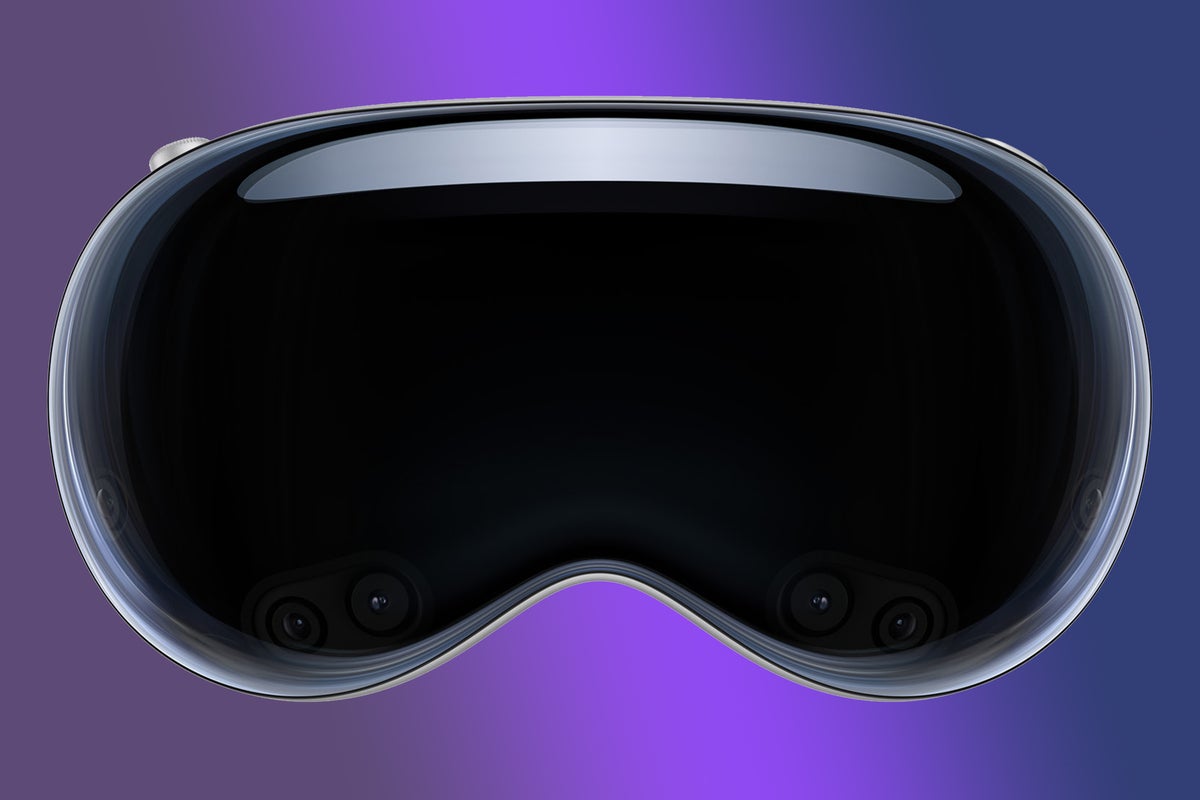Apple last month released the first beta version of the software that powers its upcoming Apple Vision Pro headset, visionOS, plus the visionOS software development kit and a simulator.
We’re already seeing pictures and videos of Vision Pro apps online long before the $3,499 spacial computing device ships. (The device is expected to ship in the first half of 2024.)
Apple also announced plans to roll out “developer labs” — where software makers can try out their creations on actual Vision Pro hardware and get help from Apple engineers. These labs will open later this month in Cupertino, London, Munich, Shanghai, Singapore and Tokyo, according to Apple.
All these releases, announcements and developer activity are starting to clarify how vision OS will be used by businesses and enterprises.
Why apps will control the future of spacial computing
When Apple shipped its first iPhone in the summer of 2007, I didn’t buy one. I was still enamored with my tiny “Blackberry Pearl” phone. I thought the first iPhone (tiny by today’s smartphone standards) was too big.
A year later, Apple unveiled its App Store. That addition (plus Google’s Android Play Store) changed everything — for me, and the world.
When the original iPhone shipped, it was impossible to predict how people would come to use smartphones — think about the ubiquity of social networking and the world of Instagram and TikTok influencers; video zoom calls from the car; the rise of audio and video podcasting as a major medium; the use of Google Maps to provide turn-by-turn directions for hundreds of millions of drives; QR-code restaurant menus; thousands of sophisticated games in your pocket; the arrival of voice-based personal assistants like Siri; the ability to scan any bottle of wine and get detailed information about it instantly and (after drinking said bottle of wine) the ability to summon a ride; door-step food ordering from hundreds of restaurants; and thousands of other changes in how people live every day.
Smartphones had an equally major impact in the world of business, but it wasn’t the smartphones themselves that did all this. It was the smartphone apps that changed how people live and work.
We couldn’t predict in 2007 how smartphones would change the world. And we can’t predict now how augmented reality will change the world in the years ahead.
All that started to change last week. With developers starting to make the apps, we can glimpse how our world might change.
The emergence of visionOS apps and demos will teach us new experiences for working, including words, phrases and concepts like “Volumes (3D content within defined boundaries),” “Shared Space” (showing more than one app floating in space), and “Full Space” where one app takes over the whole visual environment, displays disconnected 3D content that moves around in the room, portals to virtual worlds or full-blown VR.
Developers revealed that visionOS enables…
2023-07-03 12:24:03
Post from www.computerworld.com rnrn
